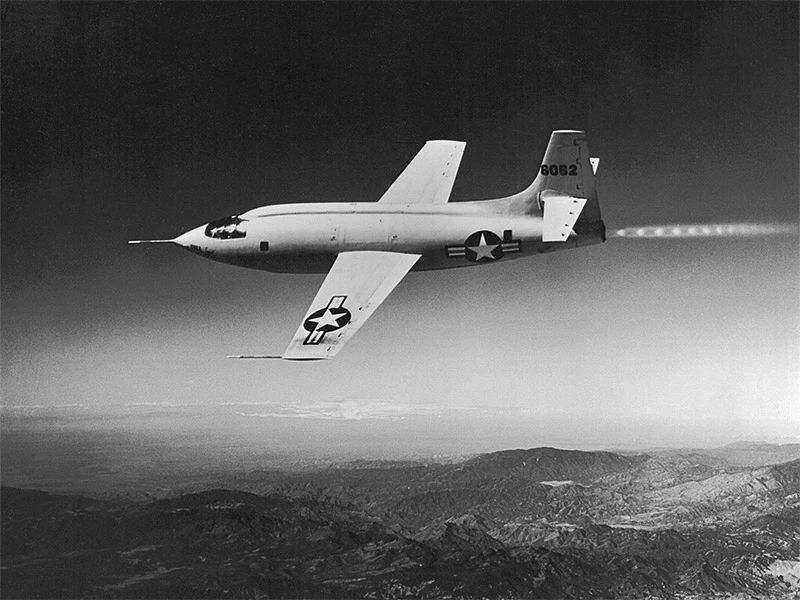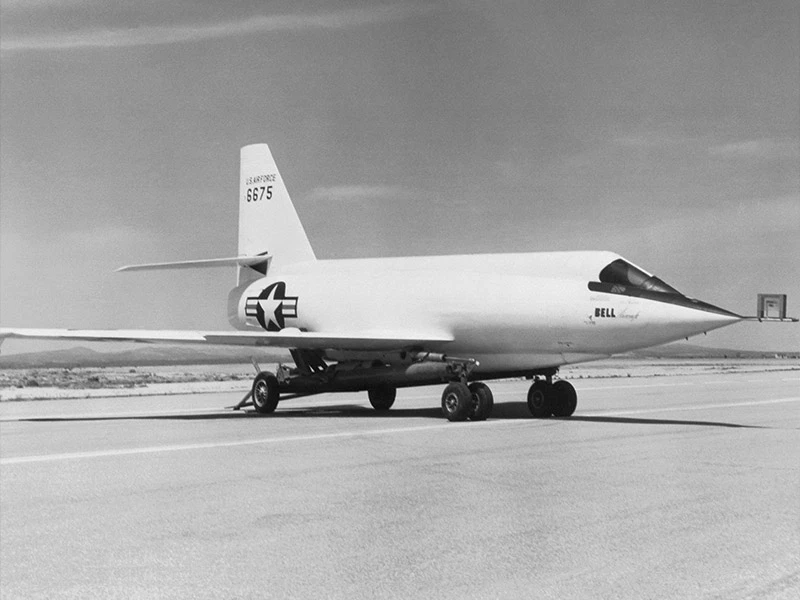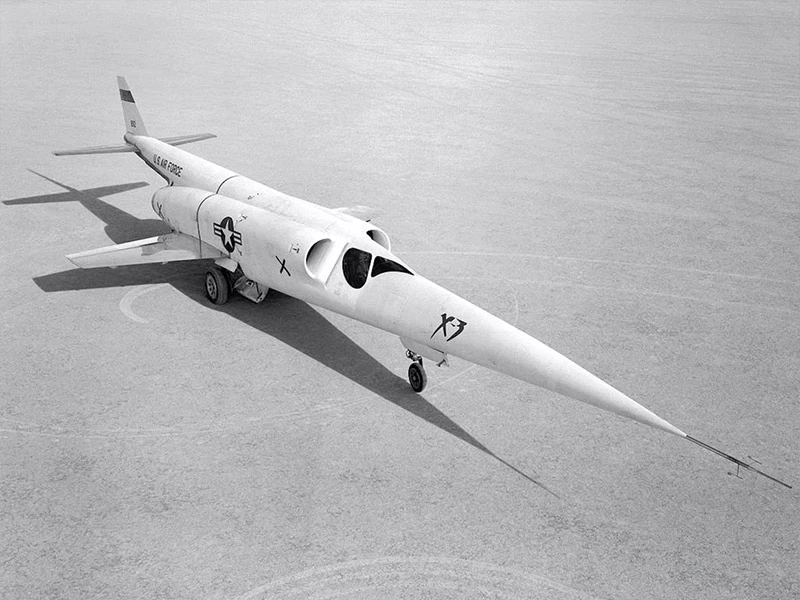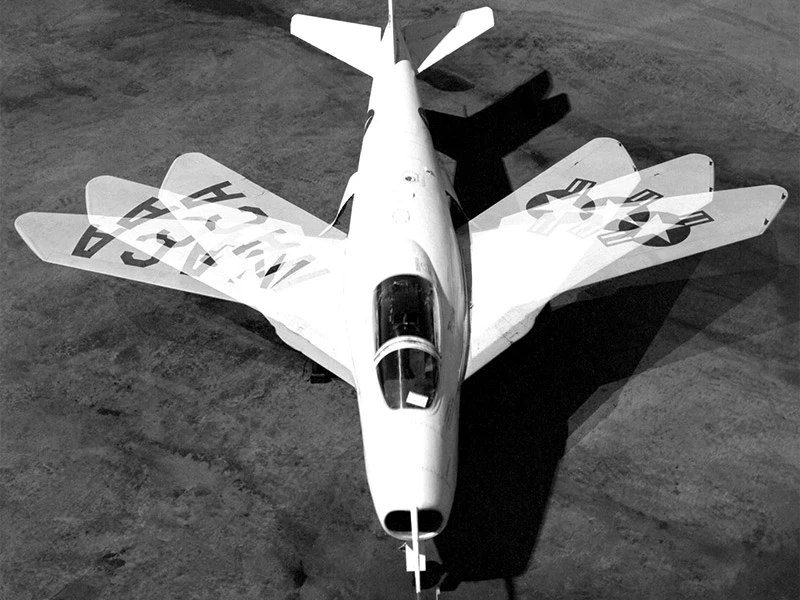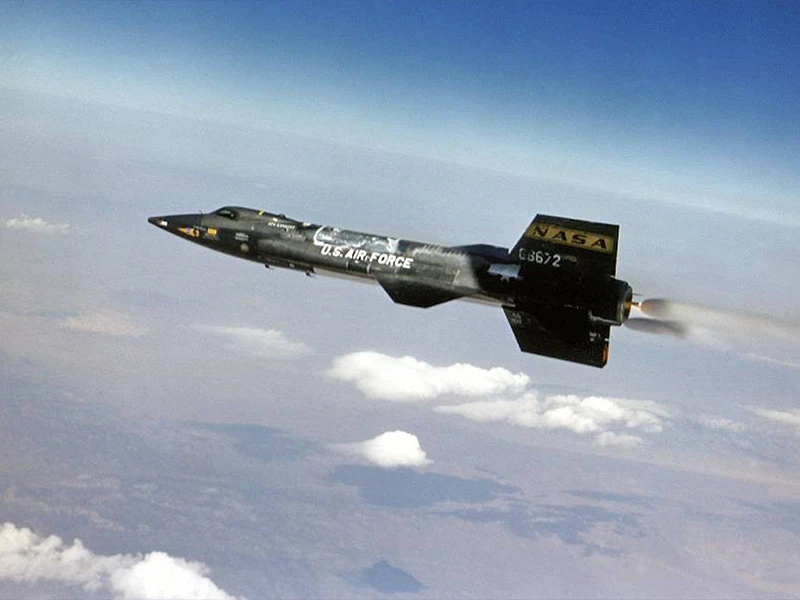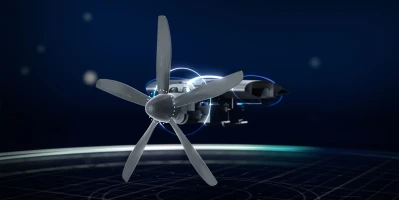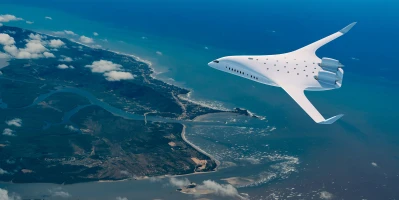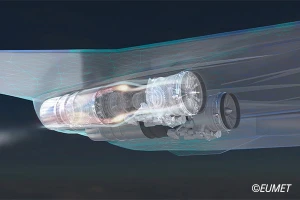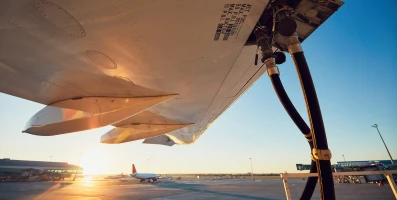aviation
X-planes – How NASA has conquered new frontiers
NASA began its landmark X-plane series with the X-1, which in 1947 became the first supersonic aircraft. More than 70 years later, the new X-66A experimental jet is being hailed as the future of commercial flight.
author: Andreas Spaeth | 5 mins reading time published on: 20.09.2023
author:
Andreas Spaeth
has been traveling the world as a freelance aviation journalist for over 25 years, visiting and writing about airlines and airports. He is frequently invited to appear on radio and TV programs to discuss current events in the sector.
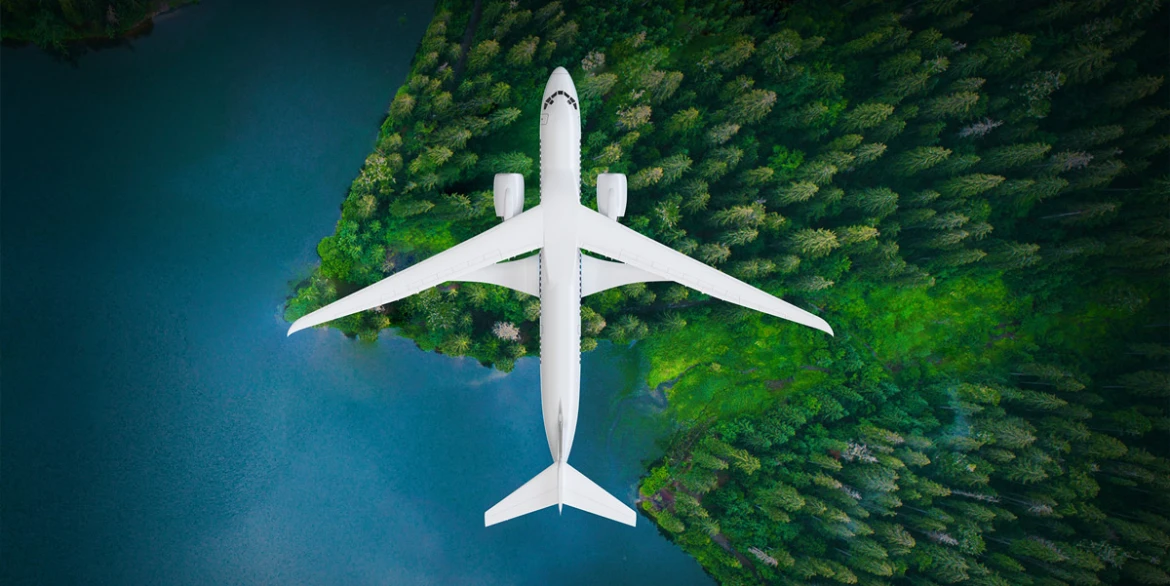
©NASA
The X-1 was the first aircraft to break the sound barrier and the X-5 the first to fly with variable-sweep wings. The X-15 achieved higher and higher altitudes of over 100,000 meters and still holds the record for the fastest manned flight: Mach 6.7 (7,274 km/h) in 1967. Other aircraft in this series were used to test exotic alloys or unconventional aerodynamics and propulsion concepts.
All of these pioneering aircraft were what are known as X-planes. For many in the industry, this moniker for NASA’s experimental aircraft and test vehicles has somewhat magical connotations, immediately conjuring up memories of past glories. Back in 1946, right after the Second World War, with the United States yet to launch its National Aeronautics and Space Administration (NASA), two type XS-1 (later renamed X-1) experimental aircraft performed test flights over Muroc Army Airfield (now Edwards Air Force Base) in California.
Chuck Yeager paved the way for U.S. dominance in this field
This was the site of acts of pioneering aviation that aimed to break new ground, coordinated by NASA’s predecessor NACA (National Advisory Committee for Aeronautics). The first of these took place on October 14, 1947, when test pilot Chuck Yeager and the rocket-powered X-1 broke the sound barrier for the first time. Over the following decades, what began with the X-1 would develop into a highly illustrious hall of fame featuring 72 X-planes to date—although many of these weren’t in fact planes at all, and some never even made it off the ground.
The research engineering used in the X-1 program is still firmly embedded in the DNA of all X-plane projects. The techniques and the personnel employed back then paved the way for the U.S. space program of the 1960s. But it was in the 1940s that the U.S. launched a program for experimental aircraft, set up by NACA in collaboration with the U.S. Air Force and the U.S. Navy, and later coordinated by NASA. Today, it’s the U.S. Air Force that has the privilege of awarding the coveted X-plane designation to research projects, even commercial ones. The U.S. Department of Defense has established stringent criteria for doing so. What’s more, not all aircraft with a name beginning with an X are in fact X-planes: the North American XB-70 Valkyrie, the famous experimental supersonic bomber of the 1960s, was not a member of the club.
Some X-planes don’t make it as far as their maiden flight
X-planes have much in common: typically, their mission is to test concepts and technologies that can then be transferred to other aircraft designs. However, they are not prototypes for production aircraft, and the projects are not always a success. Some X-planes don’t even make it off the ground. One example is the X-57 Maxwell, the proposed electric test aircraft, which was awarded X-plane status in 2016 and scheduled to have its maiden flight in 2023. But the program has now been cancelled due to safety concerns that couldn’t be resolved within the given time frame and budget.
“Not making it to flight is not a great feeling,” says Bradley Flick, Center Director at NASA’s Armstrong Flight Research Center. “But despite this letdown, the project has given the industry some fundamental insights into electric flight.” Safety is a major issue when it comes to X planes, as they tend to operate at the limits of what is possible, which can lead to accidents. Since the program began in 1946, there have been 15 serious incidents and four pilots have lost their lives. Despite these tragedies and the cancellation of the X-57, optimism has returned in the shape of two very ambitious X-plane projects that are currently underway.
The mission for the X-59: To show that supersonic flight can be quiet
The maiden flight of the Lockheed Martin X-59 QueSST (Quiet Supersonic Transport) is scheduled for 2024. Measuring 29 meters in length, this single-seater’s elongated flat front section, similar to the nose of an ant eater, gives it a somewhat unusual appearance. Flying at Mach 1.42 at a maximum altitude of 16,800 meters over a populated area, the X-59 has a single purpose: to test whether this new aircraft design is sufficient to reduce the noise of the sonic boom to no louder than a car door slamming. This could make it possible for supersonic flights to pass over land, which is not permitted today.
The X-66A, the most recent X-plane project, gained that status only in June 2023. Hopes are high that it will revolutionize the development of future commercial aircraft. As part of its program of sustainable flight demonstrators, NASA selected Boeing’s Transonic Truss-Braced Wing (TTBW) concept. Boeing’s Chief Technology Officer Todd Citron was thrilled: “We’re incredibly proud of this designation because it means that the X-66A is the latest in a long line of experimental aircraft used to validate groundbreaking designs that have changed the course of aviation.” The X-66A is unlike the other X-planes of the past 80 or so years in that it is to serve as the basis for the next generation of commercial aircraft, with business expectations riding on the outcome of the tests. Success would only add to the X-plane legend.
The latest addition to the X-plane family: Boeing X-66A
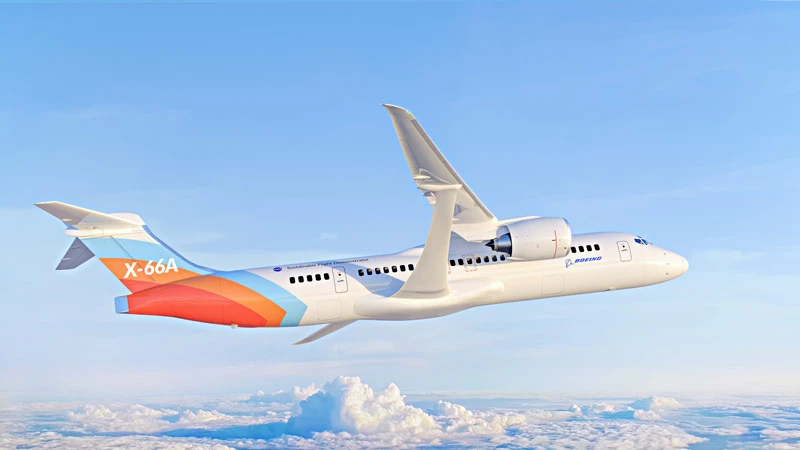
©NASA
The largest X-plane ever built could be ready for takeoff as early as 2028 or 2029. The great hope is that it will enter production as the commercial aircraft of the future by the late 2030s. The X-66A is a heavily modified Douglas MD-90 that was once operated by Delta Air Lines. While the new design retains the cockpit and T-tail, its brand-new wings feature a high aspect ratio and are extremely long and thin, which leads to less resistance. Its wingspan is 44 meters, which is around 50 percent longer than that of a conventional commercial aircraft of similar size. To make this form structurally sound, trusses anchored in the fuselage run to the middle underside of each wing to provide lift. Since the aircraft straddles the sound barrier at transonic speeds of between Mach 0.8 and 1.2, the concept is called Transonic Truss-Based Wing (TTBW). The wing design alone is expected to shave 10 percent off fuel consumption. In combination with other aerodynamic improvements and new engine concepts, this means that the X-66A could prove up to 30 percent more efficient than today’s conventional jets.
Initially, the X-66A, which will carry 154 passengers in a two-class cabin, will be powered by two GTF engines. This is the first time since the Boeing 757 that Pratt & Whitney engines have been used on a Boeing standard fuselage aircraft.



